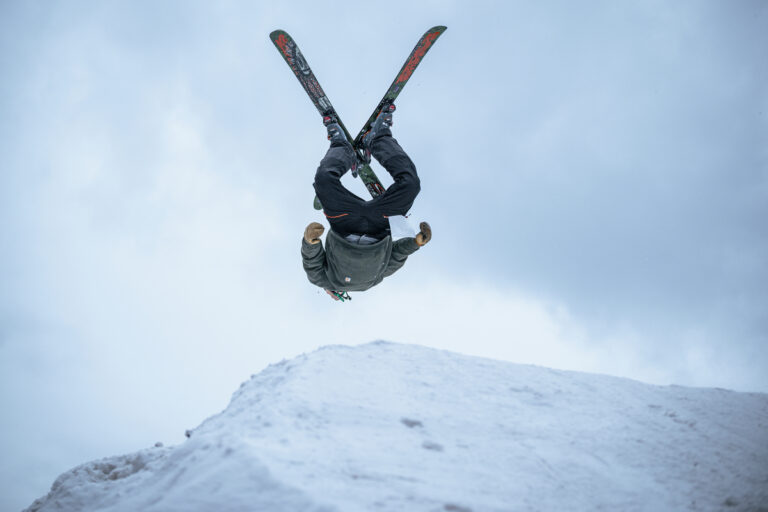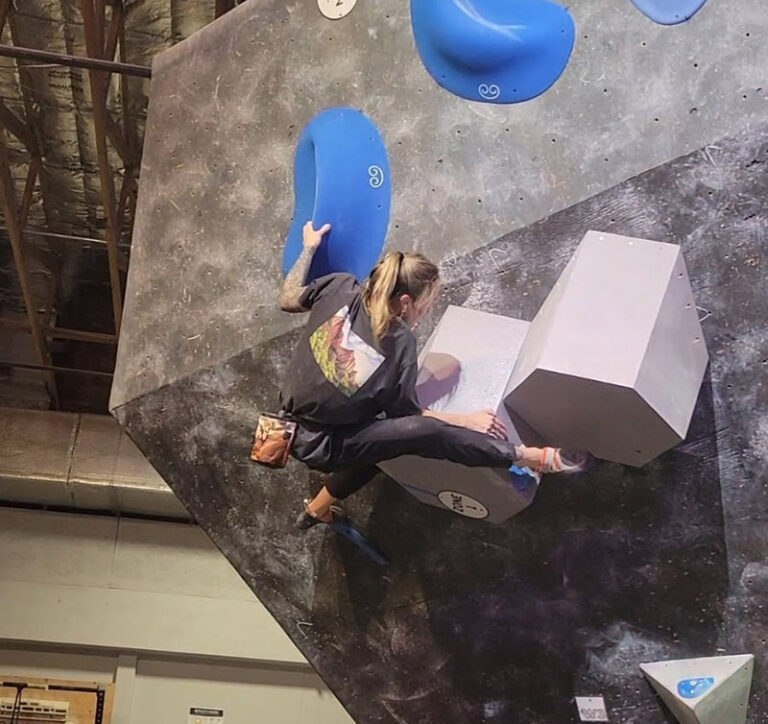Bicycle Advocates Debate Pros and Cons
What’s the future of Inland Northwest cycling? Last month’s article, “The Politics of Urban Cycling” garnered some of the biggest reader response we’ve ever had at OTM. We asked two of the most eloquent letter writers to participate in this follow-up forum. What’s your opinion? Send your thoughts to [email protected]. We’ll be happy to publish them on the our website, www.outheremonthly.com.
CON: Margaret Watson
The recent revisiting of the Critical Mass Movement in Spokane brought to mind the thirty plus years of struggle to have bicycling recognized as a viable part of the transportation mix in the Spokane region. Strides have been made and continue to be made because of many devoted advocates who plug away, attending meetings and being part of committees and boards. Our region is blessed with the best bicycling areas and trails in the nation. We, also, have the best planners a city could hope for. They are the visionaries and understand the value of incorporating non-motorized elements into our cityscape. We, as advocates, have effectively worked with law enforcement, regional transportation planners and have nurtured and provided effective cycling education through the region’s school districts for the past decade.
We have seen more acceptance and courtesy from motorists while cycling on the roadways…rural or urban. The Critical Mass movement, in my opinion, creates more ill will and sets back our goals, which are to provide safe and pleasant experiences. Granted, there are some bicyclists who do not follow the “rules of the road,” who ride against traffic, sometimes erratically. Some do not wear helmets, ride on the sidewalks, which are meant for pedestrians, and fail to yield or stop at signals or stop signs. And, yes, there are a few rude and sometimes dangerous motorists driving on our roads. There is a whole “new” section provided in the Washington State Driver’s Manual regarding the rights and rules of both bicyclists and motorists. Many do not know of the changes because most are not required to be re-examined.
We should applaud all those who make the effort to “drive” their bicycles to work or school. They are the “pioneers” in the transportation world and join the walkers and transit riders who, also, choose to make a difference.
What we need is more support for bicycle education, which is the most important aspect of being accepted on our roadways. We must accomplish the goals of the 1991 Federal Intermodal Surface Transportation Efficiency Act and Washington State Growth Management and Clean Air Acts. These legislative acts outlined ways to encourage bicycling and walking (non-motorized) in comprehensive plans that give a much larger role to bicycling and walking in the design of neighborhoods and activity centers.
It is ironic that well over 100 years ago, roads were paved for bicycles and not for automobiles!
Margaret Watson
PRO: Paul Haeder
I’m pleased to see Out There devoting some space to the confrontational politics of bicycling rights, in this case, River City’s version of Critical Mass (“The Politics of Urban Cycling in Spokane”/Dec. 2005). Giving Bradley Bleck, a colleague of mine at SFCC, space to espouse the benefits of bike riding is also conducive to vaunting cycling as a superior way of transporting oneself.
Bleck misses the mark on the impetus behind the Critical Mass (CM) movement here in Spokane, however.
While this is only Spokane, and the recent CM events have drawn a paltry few, the cops’ hard-ass tactics during the second and the third events show exactly why bicycling is considered a radical choice in this car-dominated culture. So, as one CM participant, I consciously galvanize solidarity for all repressed bicyclists around the world whenever I ride.
Bleck wasn’t on the first ride. I was-with my nine-year-old daughter. No cops, no youngsters thrown to the ground by plainclothes thugs, no problem with slowed-down Friday evening car traffic.
During the second ride, Bleck partially participated (he didn’t stay to the very end) he didn’t get to experience ten of Spokane’s finest dogging us in their cars and finally funneling us into their gauntlet of two cruisers blocking the roadway to harass and hand out citations to peaceful riders.
Did some of the younger CM folk slow down and spread out along all three lanes in the one-way thoroughfare to make their point? Sure they did; that’s one method of civil disobedience.
What Spokane’s cops did during the second and third CM rides was ramp up the electricity (escalate confrontation), a common tactic in police departments to force people to give up or react in a manner that might be against municipal codes.
CM Spokane has come into existence, I believe, to “take back” the streets for a very brief time.
There are no Critical Mass bike rides in the Netherlands and Denmark because the people have spoken and city planners (and the culture) accept bicycling as a cut above other modes of transportation.
The great bicycling nation of China, on the other hand, is outlawing bicycling in many cities, or portions thereof, to make way for the internal combustion nightmare.
This is just part of the context of any Critical Mass ride, as is the fact that several New York City mayors have approved no-bike zones, ordering cops to chase down riders, cite them and confiscate their bikes.
Protest takes guts in this age of mollifying baby-boomers. Street theater, playful antics and anarchism-methods contrary to the prevailing dominant culture’s rules-are part of the CM movement.
Paul Haeder













